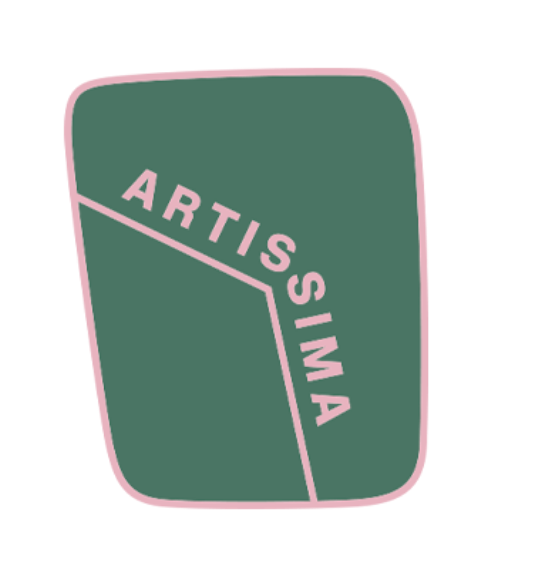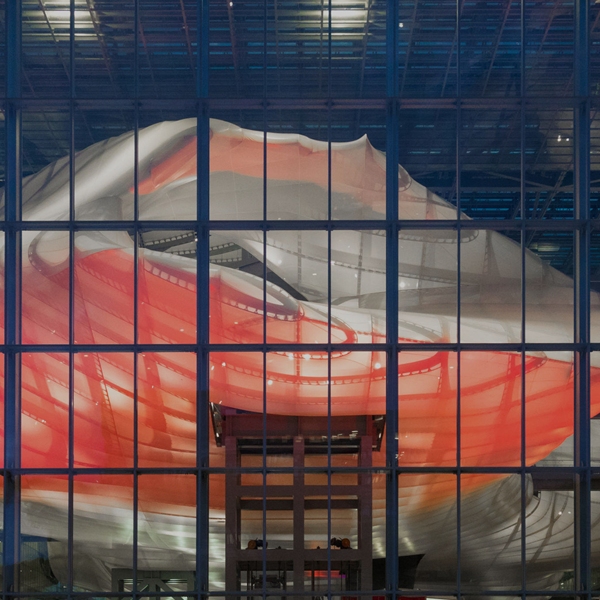The fair, the queen of art markets: a place where since the Middle Ages human beings have not only done their business but also updated, interacted, and exchanged ideas, cultures and languages. In February 2020, the world was unconsciously approaching what has been called the "most serious crisis faced by postwar governments". Culture will be exiled from its places, including the fair. After the first uncertain reboots of the summer, with the Milanese contemporary art fair Miart returning in September, autumn brings again many unmissable events. We will report only the most significant ones, also revealing a new entry in the fairs-market, (Un)-Fair, which will be hosted in the spaces of Superstudio Maxi from 10 to 13 February 2021.
Florence Biennale (23-31 October), Florence
First, the thirteenth edition of the Florence Biennale will be held in the sixteenth-century Fortezza da Basso. In this historical scenario, the theme of the new edition will be "The eternal feminine". The question that will run through the exhibition is: is there a feminine core which survives today? New movements are paving the way for the recognition of another, non-binary sexuality. Florence was not caught unprepared by these changes and dedicates the theme of the exhibition to gender identity, between design and contemporary art.
Flashback (4-7 November), Turin
"Art is all contemporary": this is the subtitle that accompanies the exhibition. Provocatively, the fair prompts those visiting it to question, criticize, and participate. The Free Zone is the theme of the event, which will be held at the former Caserma Dogali, a dark place in Turin history, used as prison and place of torture since September 8, 1943. Today it is a ghost-space at the entrance of Turin: Flashback proposes a contemporary vision of art in a location oriented to the past.
Artissima (5-7 November), Turin
Founded in 1994, Artissima is the leader of contemporary fairs in Italy. Experimental, innovative, it always mutates into something else. In 2021, it presents itself with a new format: it is composed of 4 sections presented on site (Main Section, Dialogue/Monologue, New Entries, Art Spaces & Editions) and 3 sections (Present Future, Back to the Future, Drawings) hosted on the Artissima XYZ digital platform and, at the same time, in a collective space in the exhibition pavilion. The theme this year is backbeat, a term taken from the musical field, which refers to the ability of music – as well as art – to transform weak accents into strong ones, creating an effect of contrast. Artissima looks critically at the aftermath of the pandemic, in particular at the anomalous and suspended temporal dimension that has characterized it, transforming it and its rhythm into a post-pandemic dynamism that generates novelty in creativity.
Arte in Nuvola (18-21 November), Rome
The Nuvola by Massimiliano Fuksas finally returns to perform its function as a congress center, hosting the new edition of Roma Arte in Nuvola. Starting from the "white city", that is the EUR district, the exhibition aims at putting Rome back at the center. Decadence and rebirth are part of the DNA of the city: Roma Arte in Nuvola entrusts it to the supervision of Adriana Polveroni, art historian and Alessandro Nicosia, promoter of cultural events that aim to a new kind of collecting, one starting from the the South of Italy.
ArteFiera (21-23 January), Bologna
The new year begins at ArteFiera, a long-awaited event that is proposed as a significant moment for twentieth and twenty-first centuries art collections. Bologna restores the pandemic imagery: this is evident from the media campaign image that represents some viruses enlarged using the electron microscope provided by the National Institute of Allergy and Infectious Diseases. In doing so, a new image takes shape, one going beyond the particle shape – impossibile to see with the naked eye – showing vibrant waves of color.
(Un)-Fair (10-13 February), Milan
Finally, in February 2022 the destination of art lovers will be at Superstudio Maxi for (Un)-Fair, perhaps the most radical experiment among those listed. Indeed, it originates as the ironical denial of the concept of the fair itself. «We did not want to create another “standard art fair", but a reality that could support the art system of our days: ranging from artists to galleries and collectors. (Un)-Fair was also born from the need to accord space to a new generation of collectors, put them in contact with the world of galleries and the art market, through new ways of interaction in an unconventional way.»



-1.jpg)